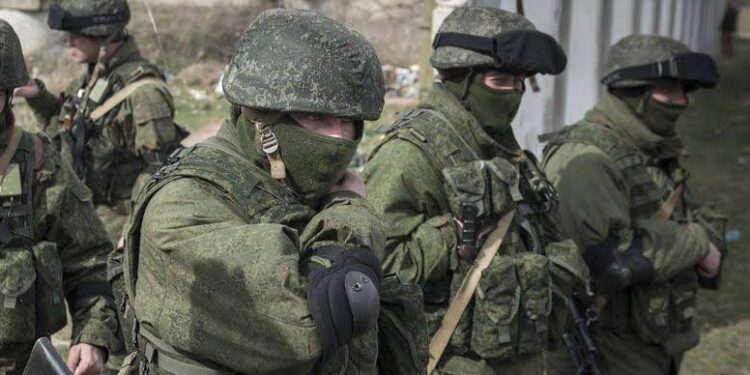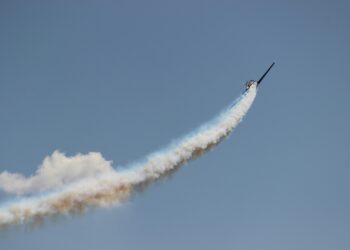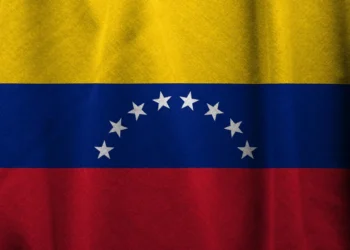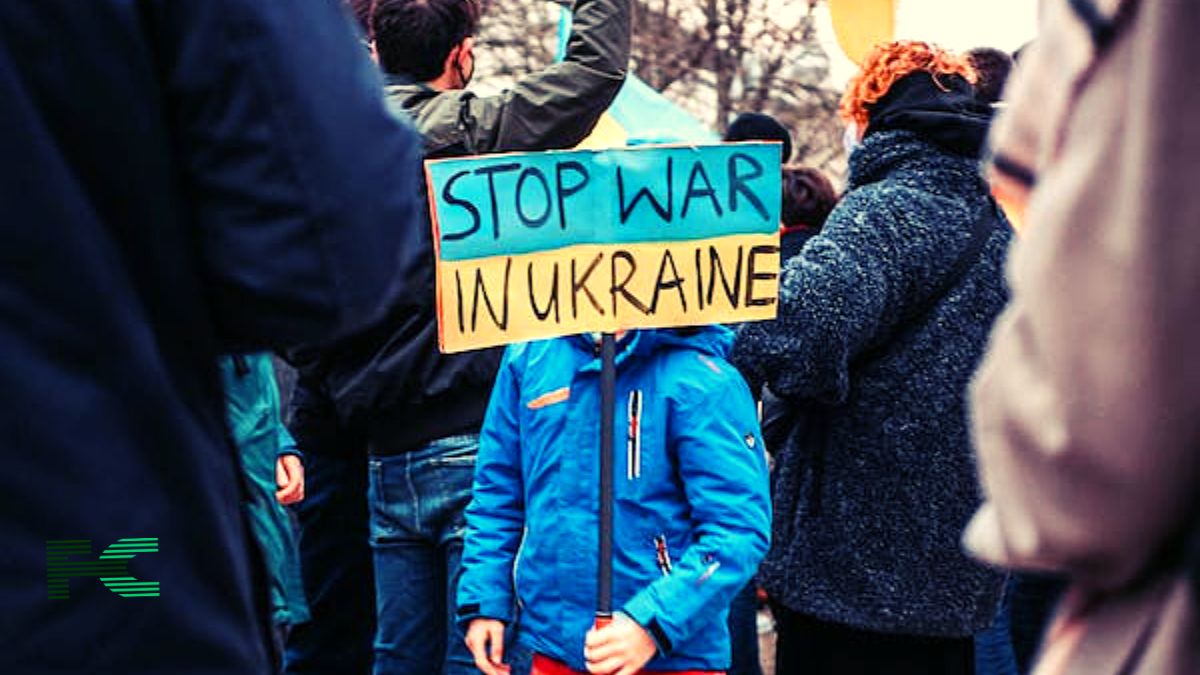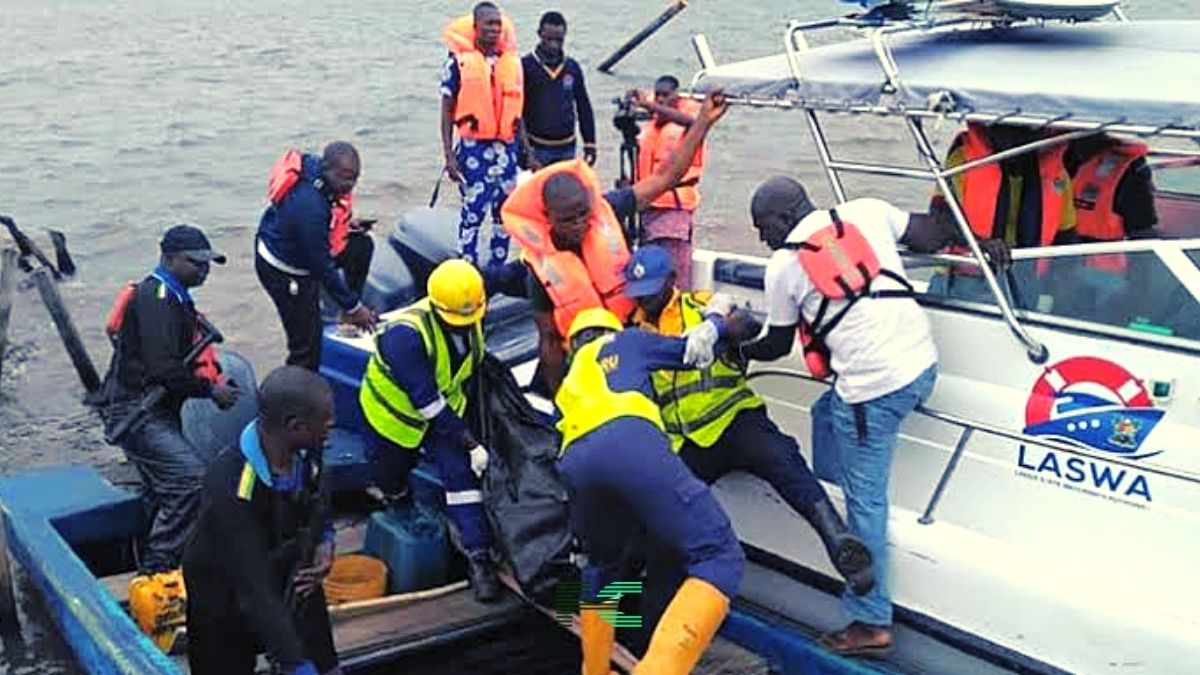On Sunday, Russian military forces announced they had taken full control of Novohrodivka, a town in eastern Ukraine.
A significant development in Moscow’s strategy as its forces push towards Pokrovsk, a strategically vital city in Ukraine. The capture of Novohrodivka brings Russian forces within 12 kilometers (7 miles) of Pokrovsk, which is crucial for Ukraine’s defense due to its role as a rail and road hub.
Strategic Importance of Donbas and Pokrovsk
Russia’s main objective remains the capture of the entire Donbas region, an area about half the size of Ohio in the United States. Moscow’s forces have occupied roughly 20% of Ukraine since the February 2022 invasion and now control approximately 80% of the Donbas. Securing Pokrovsk would further consolidate their hold over the region, cutting off key supply routes and weakening Ukrainian defenses.
Russia’s Tactics and Implications for Ukrainian Defenses
Russian military strategy in Ukraine presently is to destabilize Ukrainian defense lines by controlling strategic logistical and transport hubs. By taking towns like Novohrodivka, Russian forces can pressure key cities and gain strategic leverage. However, the Ukrainian forces, aware of this tactic, have launched incursions into Russian territories such as Kursk to divert Russian military resources away from eastern Ukraine.
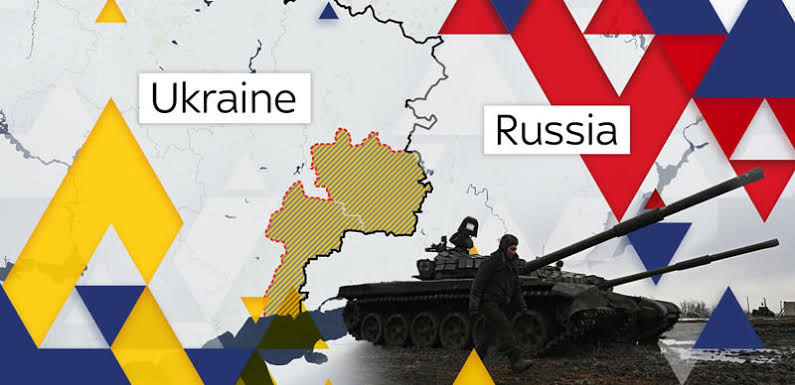
Despite Russia’s advances, Ukraine’s military command remains confident. Ukraine’s top military leader indicated that the incursion into the Kursk region has effectively diverted significant Russian forces from the Pokrovsk front, slowing their advance. Still, the situation remains dynamic, with both sides focusing heavily on securing critical areas around Donbas.
Contradicting Claims: Kursk Incursion’s Impact
Russian President Vladimir Putin recently downplayed the Ukrainian incursions into the Kursk region, claiming that they have not affected Moscow’s military momentum in eastern Ukraine. However, Ukrainian officials have asserted that the Kursk operation is not only successfully slowing down Russian advances but also weakening their overall position by drawing Russian forces away from the frontlines in Donbas and Pokrovsk.
However, these conflicting reports have not been confirmed due to limited reporting on the battlefield. While Ukraine’s incursion into Russian territory seems to be effective tactically, Russia is continuing to bolster its forces on the eastern front, indicating that its long-term strategy is to maintain pressure on Ukrainian defenses.
Overstretching Russian Military?
Some Russian military bloggers, notably Yuri Podolyaka, have raised concerns about Russia’s rapid advances in eastern Ukraine. Podolyaka, who regularly publishes updates on the conflict, shared maps showing Russian forces advancing beyond Novohrodivka in two locations less than 7 kilometers (4 miles) from Pokrovsk. However, these gains have sparked concerns about overextension and the potential vulnerabilities that come with rapid advances.
Russian military overreach could expose supply lines to Ukrainian counterattacks, raising doubts about the sustainability of Russia’s current momentum in the region. The focus on Pokrovsk suggests that any further progress will require careful consolidation of recent gains, particularly as Ukraine looks to exploit any Russian weaknesses in its defensive strategy.
The Broader Context of the War
President Vladimir Putin’s invasion of Ukraine, which began in February 2022, was framed as a “special military operation” aimed at securing Russian interests. However, the war has drawn international condemnation, with Ukraine’s Western allies pledging continued support to push back Russian forces and restore Ukrainian sovereignty. While Russia has made significant territorial gains, particularly in eastern Ukraine, it faces a determined Ukrainian defense supported by Western military aid.
Why This Matters
The battle for Donbas is a critical phase in the Russia-Ukraine war. Russia’s ability to take control of key towns and cities like Pokrovsk could potentially shift the balance of power in the region, making future Ukrainian counteroffensives more challenging. On the other hand, Ukraine’s incursions into Russian territory serve as a reminder that the conflict is far from one-sided, with Kyiv capable of mounting disruptive operations that slow Russian advances. As the war enters a prolonged phase, the contest for control over eastern Ukraine will likely shape the future course of the conflict.
Conclusion
While Russian forces have made significant progress in eastern Ukraine, the conflict remains fluid, with both sides locked in a strategic battle for control over critical areas. The capture of Novohrodivka and the push towards Pokrovsk signal Russia’s intent to solidify its position in the Donbas, but Ukrainian forces are employing diversionary tactics to slow the advance. The outcome of these maneuvers will be crucial in determining the next phase of the war.

